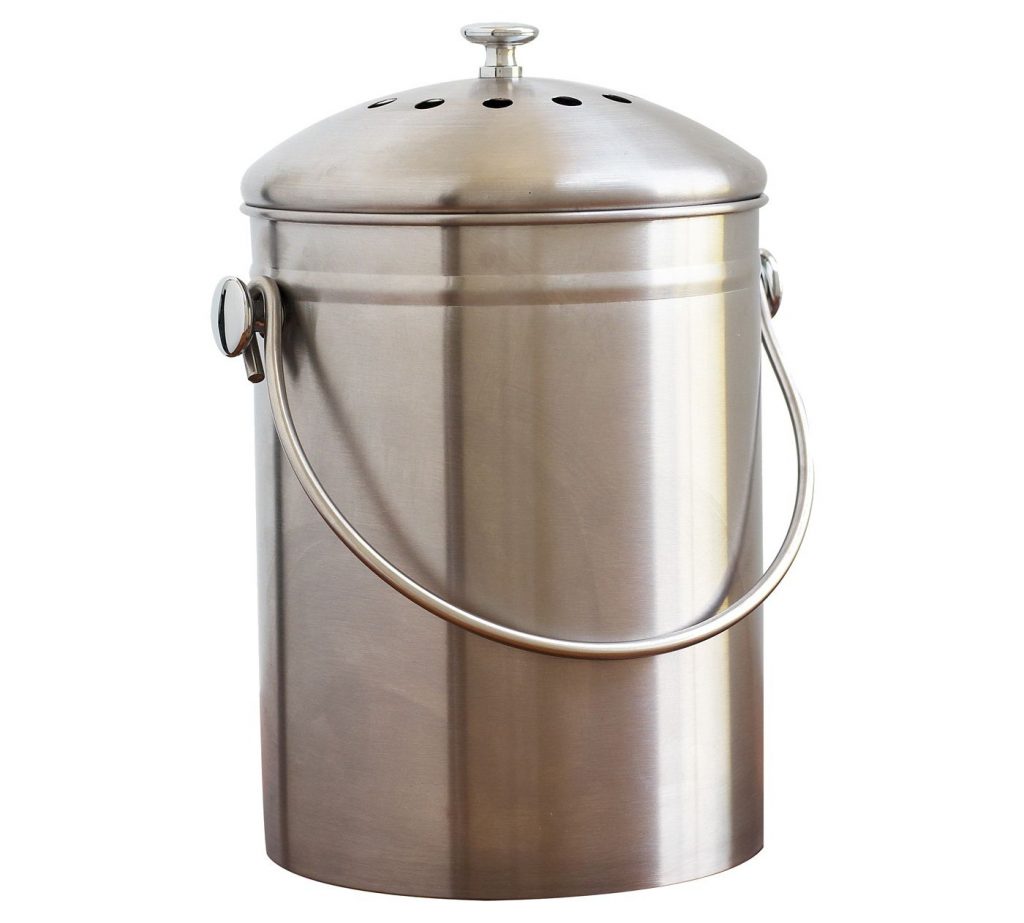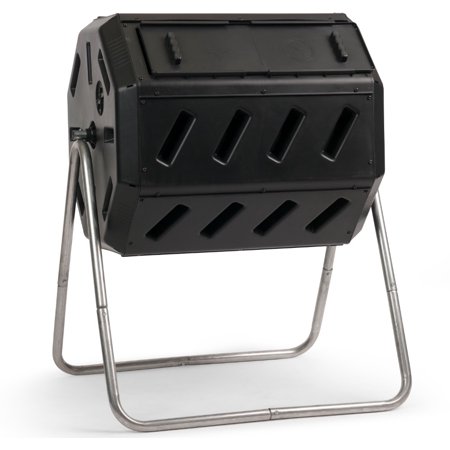SCHEDULE YOUR PICK UP - CALL OR TEXT (714) 230-6343

What is Composting?
Compost is decomposed organic matter. Composting is a natural process of recycling organic material such as leaves and vegetable scraps and turning them into a rich soil. Compost is different from fertilizer, as compost feeds the soil and fertilizer feeds the plants. Compost is what gets added to soil to help plants grow and also helps the soil retain moisture.
Through composting you enhance your garden’s ability to grow healthy plants while reducing your volume of trash. It’s one of the most effective ways to minimize the amount of garbage your family sends to the landfill. Around 30% of what we throw away are food scraps and yard waste, says the EPA.
What ways can compost be used?
Successful composting results in bigger produce, prettier flowers, and a healthier garden. You can buy bagged compost, but the best source is homemade. At no extra cost to you, you can start saving your family’s scraps and turning them into “plant food.”
You can spread it lightly on your lawn to make it greener. You can put it on your veggie patch to make it grow bigger, healthier, stronger veggies. You can put it on your flower beds to make your flowers more luscious and pest-resistant. You can sprinkle it around your houseplants or container plants. You can package it nicely and give it to friends and neighbors.
How to start composting.
Composting is simple and made easy. Typical ingredients include fruit and vegetable trimmings from your kitchen, old plants from your vegetable garden, and leaves and grass clippings from your yard. There is no precise recipe or formula for making compost beyond the simple ratio of 3 parts “browns” to 1 part “greens.” “Browns” tend to be rich in carbon and “Greens” are rich in nitrogen.
Typical Browns:
- Leaves
- Pine needles
- Hay or straw
- Newspapers or cardboard
- Sawdust
Typical Greens:
- Kitchen waste
- Grass clippings (untreated)
- Coffee grounds
- Manure and other organic fertilizers
While they are compostable, dairy or animal products (even animal bones) will start to smell and attract pests. The same goes for fats, oils, and pet waste. None of these items should be added to your compost pile/bin, so just toss them out with your regular trash.
Types of Composting Bins
You can create a free-standing compost heap, which is literally a mound or pile. You can buy a compost bin or build your own bin out of lumber (recycled wooden pallets work great) and wire-mesh fencing. Or, purchase a “tumbler” composter that can be turned via a handle. These easy to turn bins speed up the process — compost in weeks, not months or years — either choice is fine. It doesn’t need to be fancy. You just need some sort of way to hold all of the ingredients together so the beneficial bacteria that break down the plant matter can heat up and work effectively.



Where to set up a Compost Bin?
You’ll want to find an open space, about 1 cubic yard, in your back yard, side of your house, in or near your garden, etc, for an ideal setup.
If you’re in an apartment or a house without a backyard, you can set up a mini compost station right in your kitchen. Opt for a plastic bin, ceramic or a stainless steel version, make sure it comes with a lid. Be sure to line your compost bin with biodegradable bags. You’ll want to replace the bag regularly so weeks-old scraps don’t start to stink up your space. Once your bin is at capacity, secure the bag, and place it in the freezer (yes, really!). This will make scraps easier to transport, eliminate any odor, halt active decomposition, and buy you some time before you’re able to get rid of them.
If you don’t have use for compost in your garden, and are participating in efforts to reduce landfill buildup and methane gases, you can always check to see if your community offers collection services. Some even provide at-home starter kits and regular curbside pickup. Or donate them to others in the community such as neighbors or farmer’s markets.
Compost like a Pro
- Start with a container. Compost bins can be either stationary or rotating. Both types must have their contents turned periodically to provide oxygen and combine the decaying materials. A well-designed bin will retain heat and moisture, allowing for quicker results.
- Add waste material.
- Be sure to “Stir”. Air and water are the secrets to good composting. Keep the materials moist and well aerated. Water the compost regularly, then add air to speed the process by turning the compost with your turning fork. You’ll want to be sure to do this every week or two to make sure that all of the materials are blended in and working together.
- Remember to check on your pile. Add material regularly to give the happy bacteria some fresh food to consume and enough insulation to keep the process warm. After you’ve mixed things up, grab a handful to see if it’s slightly damp. Too little moisture will slow the decomposition process and too much will leave you with a slimy mess.
- Don’t get overwhelmed. This isn’t rocket science, so jump in and try, even if you don’t have a clue. You’ll soon see what works and what doesn’t. Just follow steps 1-3 and let nature do the rest!
- /
